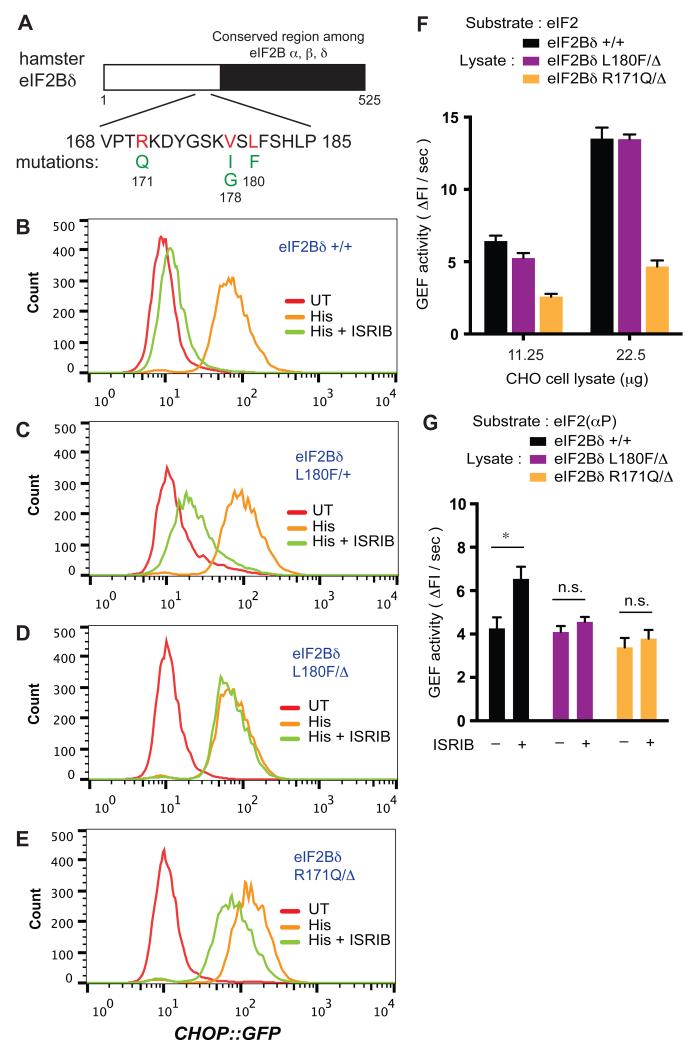Fig. 3. Clustered mutations in Eif2b4 impart ISRIB resistance.
(A) Schema of eIF2Bδ with the position of the mutations associated with an ISRIBr phenotype showing. These are clustered at the unique N-terminal region that is not conserved in the other regulatory subunits (α, β) of eIF2B.
(B-E) Distribution of CHOP::GFP reporter gene activity in parental CHO-C30 cells and derivative sub-clones bearing the indicated mutations (induced by CRISPR-Cas9 targeted homologous recombination at the Eif2b4 locus). The cells were left untreated or treated for 24 hours with histidinol (His; 0.5 mM) alone or with ISRIB (100 nM).
(F-G) Bar diagram of the GEF activity of lysates from parental or CRISPR-Cas9-induced ISRIBr mutant cells with Bodipy-FL-GDP-loaded eIF2 or eIF2(αP) as substrates in the absence or presence of ISRIB, as indicated. Shown are mean ± SEM (n = 6, for “F”; n=5 for “G”). * P < 0.05, n.s.; not significant (Student’s t test).

